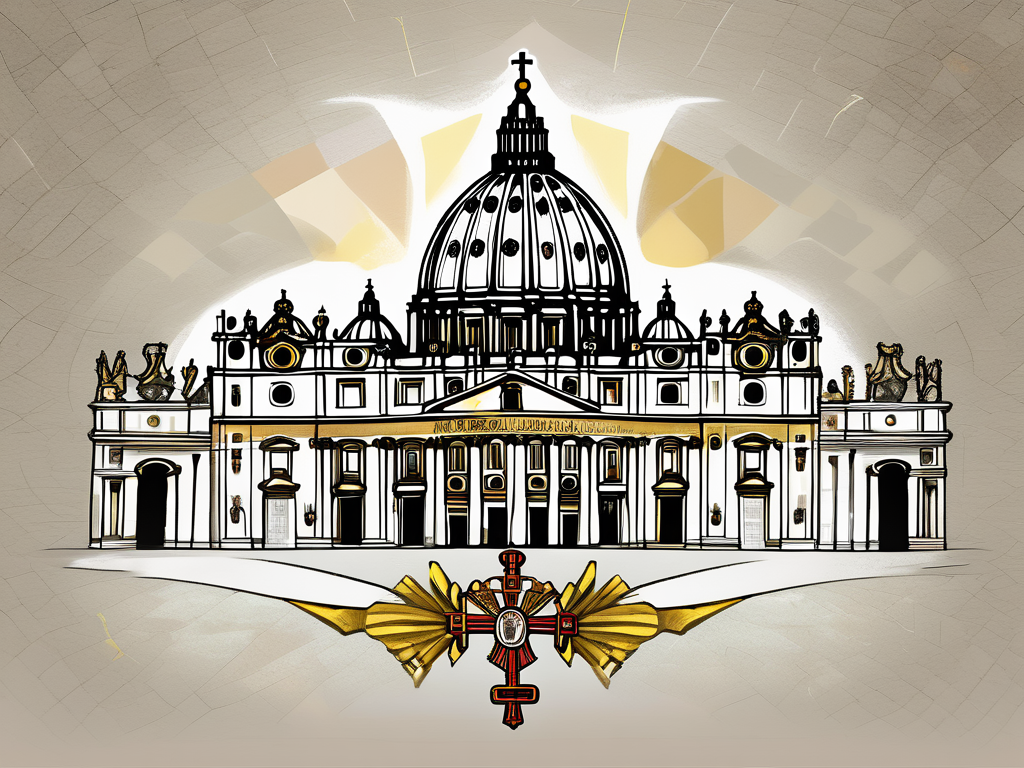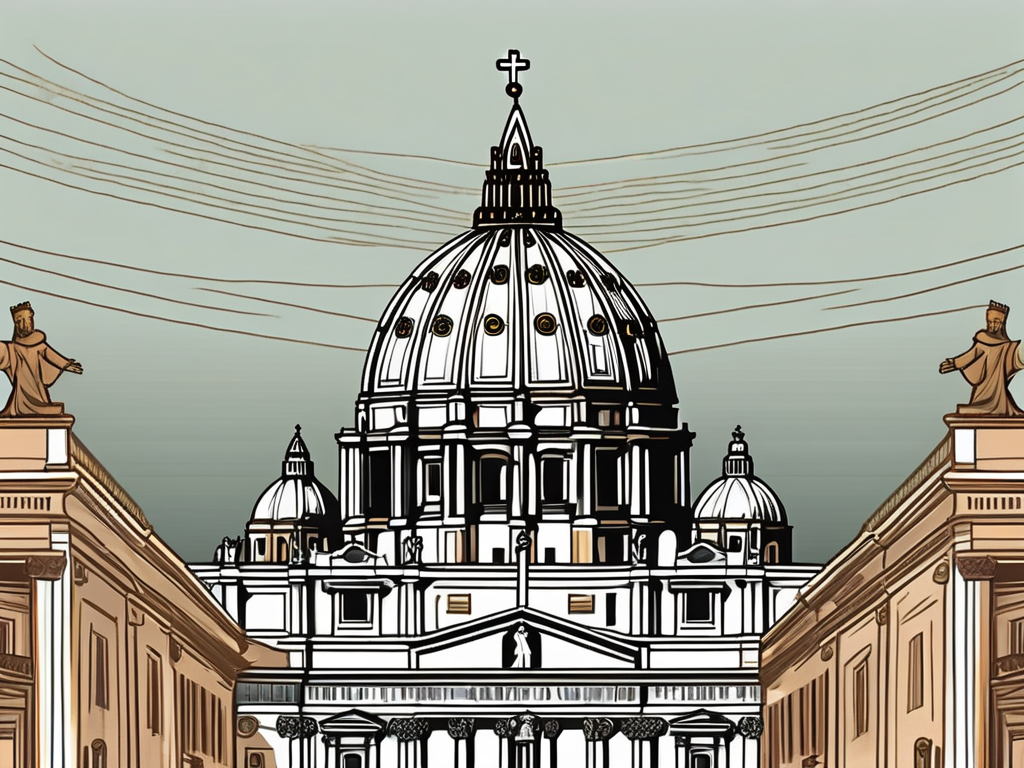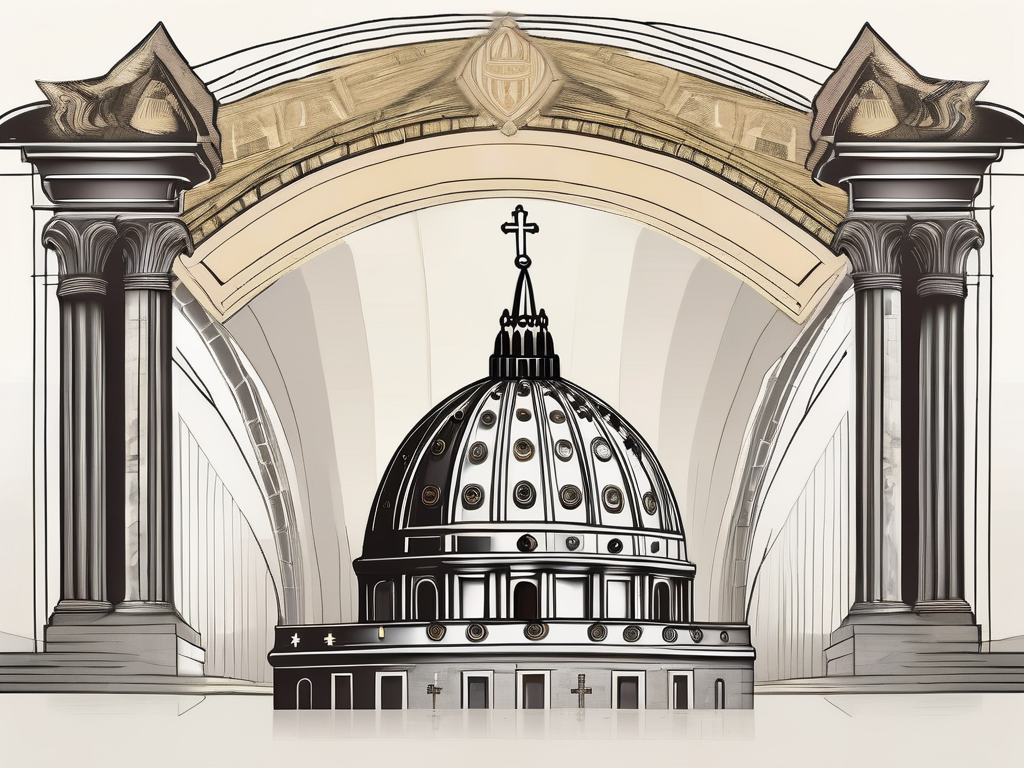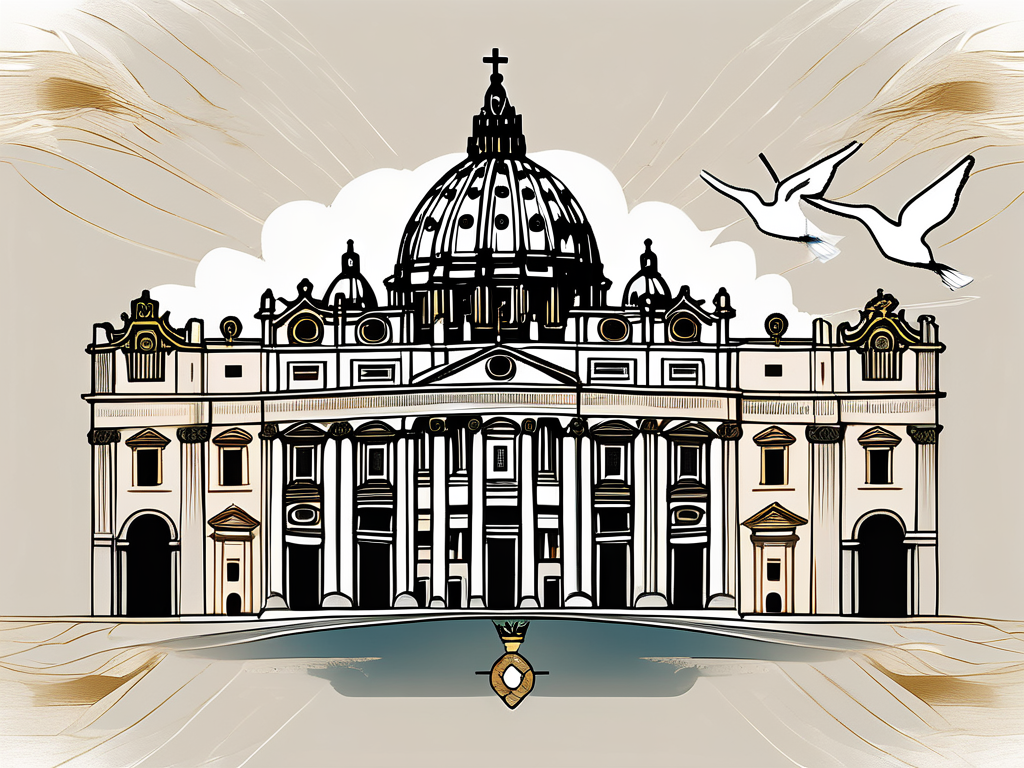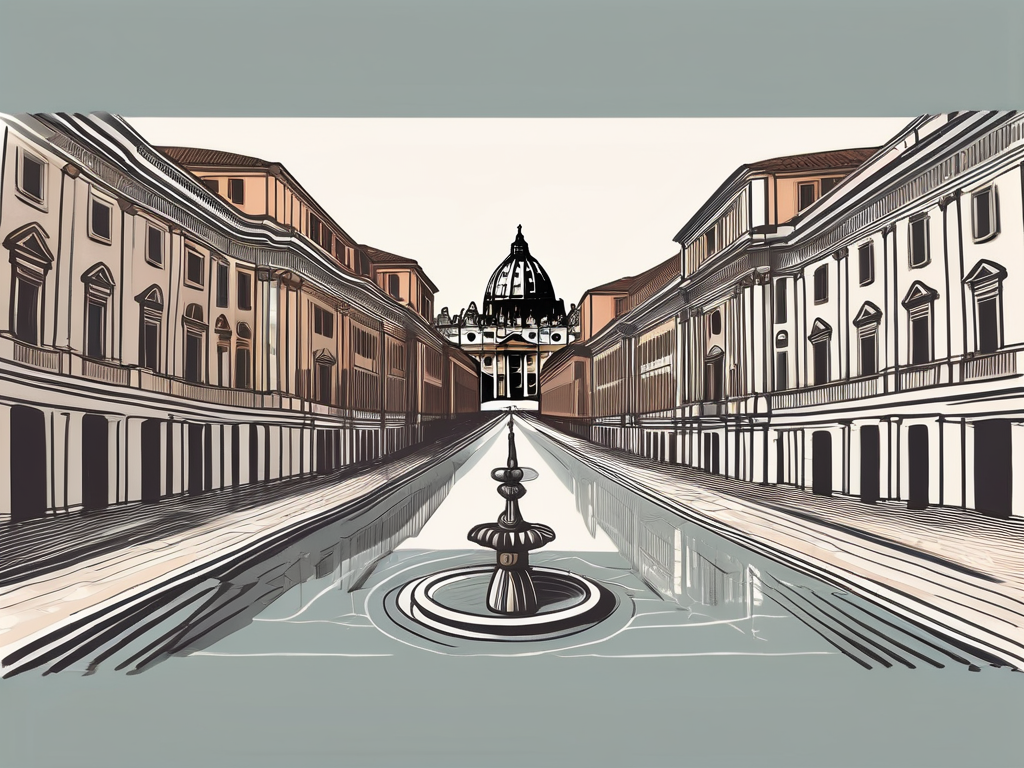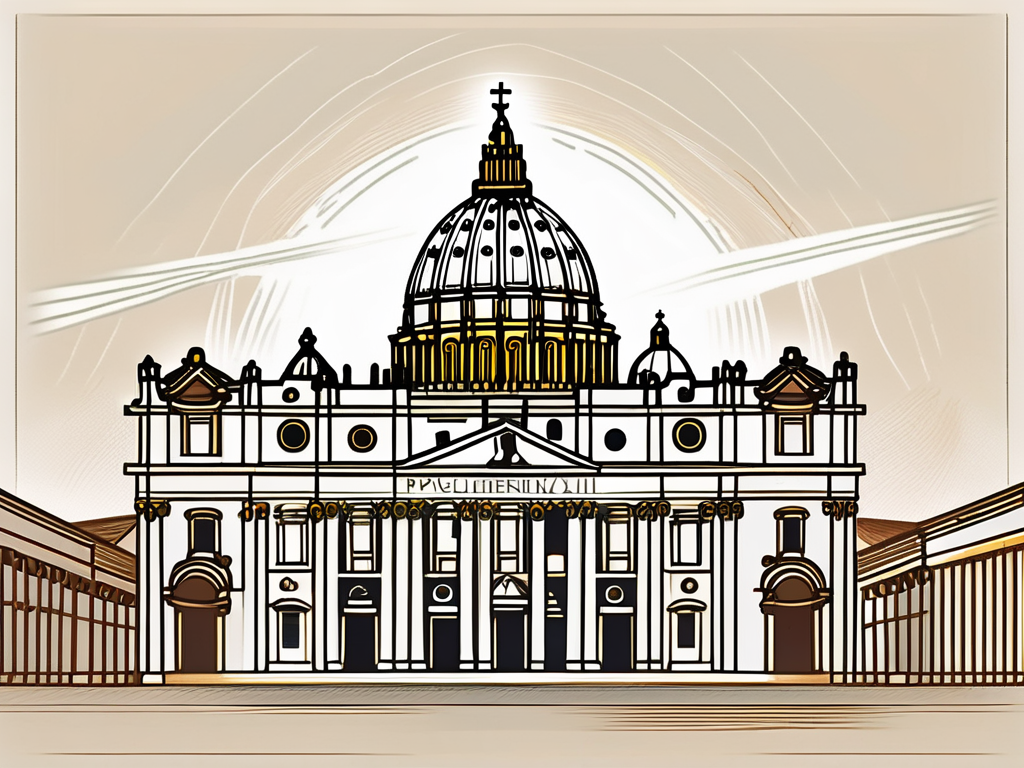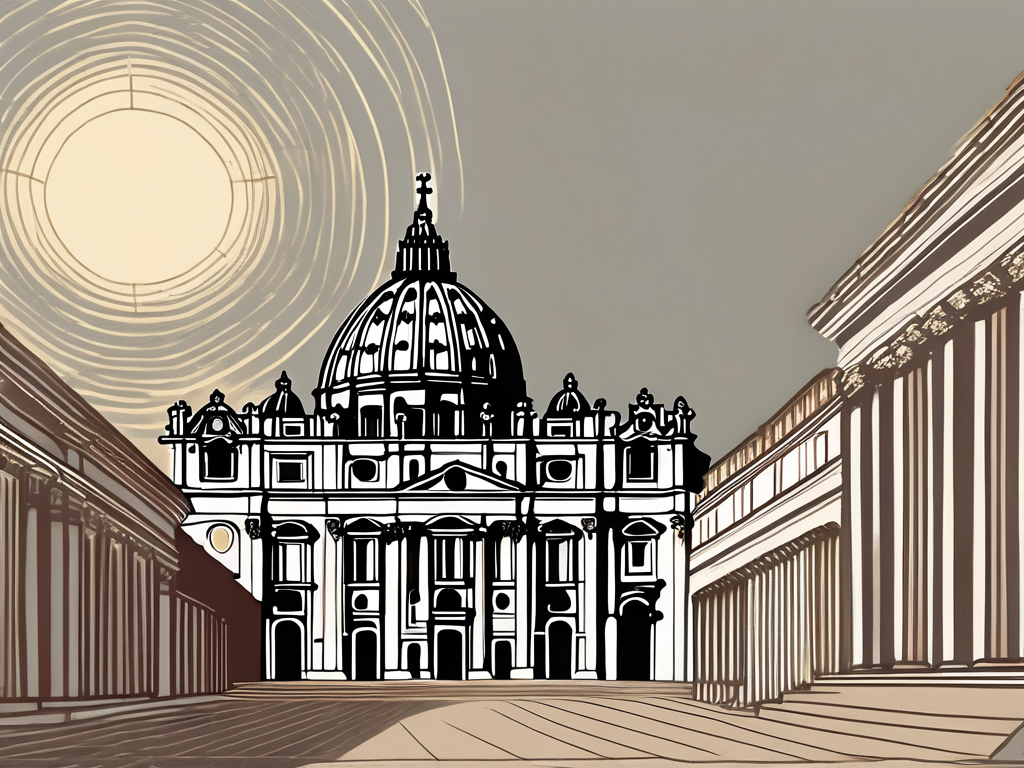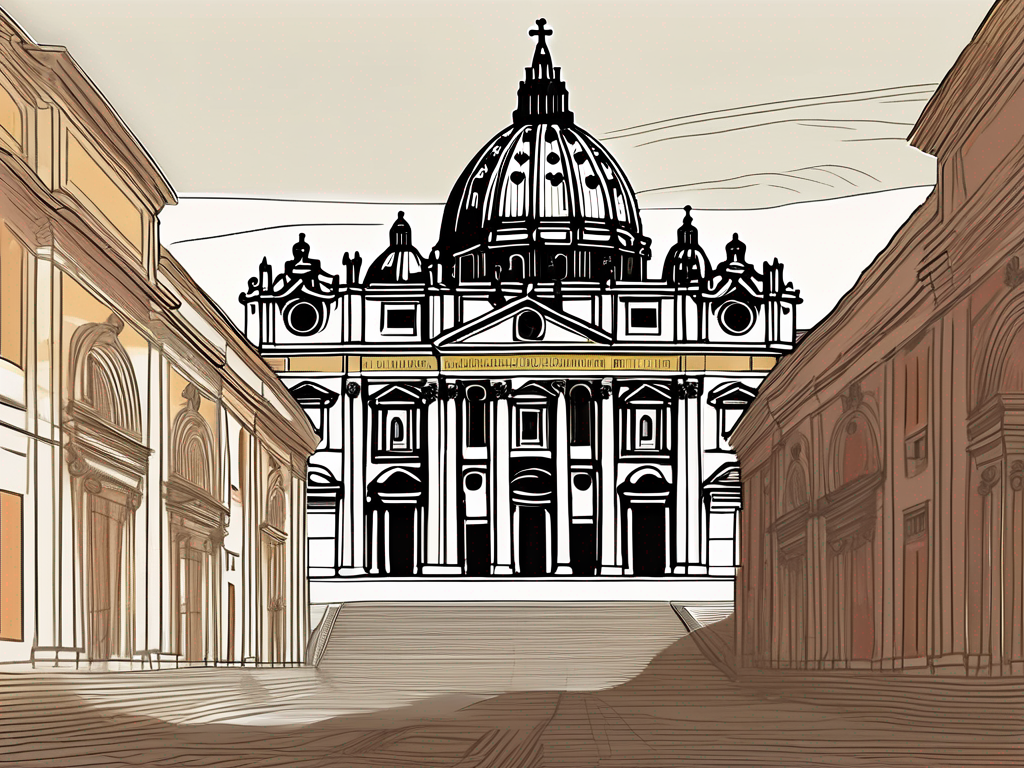Pope Clement X, born as Emilio Bonaventura Altieri, was a prominent figure in the history of the Catholic Church. From his humble beginnings to his ascension as the 241st Pope, he left an indelible mark during his tenure. This article will take you on a journey through his life, tracing his early years, his papal reign, his significant contributions, and the controversies surrounding him.
Early Life and Education of Pope Clement X
The foundations of Pope Clement X’s legacy were laid during his early life and education. Growing up in Rome, he came from a distinguished family background. Born in January 1590, he was the fourth of five children. His father was a lawyer and senator, and his mother belonged to a noble family with strong ties to the Church.
As a child, Emilio Bonaventura Altieri displayed a keen intellect and a deep sense of spirituality. His parents recognized his potential and ensured that he received a quality education. He pursued his studies at the Collegio Romano, an esteemed Jesuit institution known for its rigorous curriculum.
Family Background and Childhood
Altieri’s family background played a significant role in shaping his character. His upbringing in a devout Catholic home instilled in him a strong sense of faith and piety. His parents, deeply committed to their religious beliefs, provided him with a nurturing environment that encouraged his spiritual growth.
Within the walls of their home, Altieri witnessed firsthand the importance of prayer, charity, and service to others. His parents’ unwavering commitment to their faith served as a guiding light for him, instilling in him a deep reverence for the Church and its teachings.
Altieri’s childhood was filled with moments of religious devotion. He attended Mass regularly with his family, participating in the rituals and ceremonies with great reverence. These early experiences deepened his understanding of the Catholic faith and ignited a passion within him to contribute to the Church’s mission.
Academic Pursuits and Achievements
Altieri’s time at the Collegio Romano nurtured his intellectual growth and honed his theological knowledge. The institution’s renowned faculty provided him with a comprehensive education, exposing him to a wide range of subjects, including philosophy, Latin, and rhetoric.
Known for his exceptional intellect, Altieri quickly distinguished himself among his peers. His insatiable thirst for knowledge led him to delve into various fields of study, including history, mathematics, and natural sciences. His inquisitive nature and dedication to learning set him apart, earning him the admiration and respect of his professors.
Altieri’s academic achievements were not limited to his exceptional grades. He actively engaged in intellectual debates and discussions, showcasing his ability to think critically and articulate his thoughts with eloquence. His classmates often sought his insights and valued his opinions, recognizing his intellectual prowess.
During his time at the Collegio Romano, Altieri also developed a deep appreciation for the arts. He immersed himself in the works of renowned painters, sculptors, and musicians, recognizing the profound impact of artistic expression on the human spirit. This appreciation for beauty and creativity would later influence his approach to leadership within the Church.
As Altieri completed his studies, he emerged as a well-rounded individual, equipped with a strong foundation in theology, a broad knowledge base, and a deep understanding of the Catholic faith. His education at the Collegio Romano had prepared him for the challenges and responsibilities that lay ahead.
Ascension to the Papacy
The pinnacle of Pope Clement X’s journey came when he was elected as Pope in 1670. His ascension followed a tumultuous period in Catholic history, marked by political rivalries and power struggles within the Church.
Before delving into the details of Pope Clement X’s papacy, it is important to understand the significance of his election. The Conclave of 1670, a gathering of cardinals to elect the next Pope, presented a critical turning point for the Church. The Catholic world eagerly awaited the selection of a new leader who would guide them through troubled times.
The Conclave of 1670
The Conclave of 1670 was a momentous event, filled with anticipation and uncertainty. Cardinals from various backgrounds and regions gathered in Rome, each with their own hopes and aspirations for the future of the Church. Among them was Cardinal Altieri, a man known for his piety and wisdom.
As the Conclave commenced, the cardinals engaged in intense discussions and debates, carefully considering the qualities and virtues required of the next Pope. Altieri, with his unwavering dedication to the faith and his deep understanding of the challenges facing the Church, emerged as a leading candidate.
After days of prayer, reflection, and deliberation, the cardinals made their decision. Cardinal Altieri was elected as Pope Clement X, a name that would forever be etched in the annals of Catholic history. With humility and a sense of duty, he accepted the immense responsibility of shepherding the faithful.
Challenges and Triumphs of His Papacy
As Pope, Clement X faced numerous challenges—both from within the Church and from external forces. The political landscape of the time was fraught with rivalries and power struggles, which often spilled over into the realm of religion. The Pope found himself navigating through treacherous waters, seeking to unite and strengthen the Church amidst these turbulent times.
One of the key triumphs of Pope Clement X’s papacy was his wise and diplomatic approach to governance. He understood the importance of dialogue and compromise, and sought to foster unity among the various factions within the Church. Through his efforts, he was able to bridge divides and bring about a sense of harmony and cooperation.
Furthermore, Pope Clement X was a staunch advocate for social justice and the welfare of the less fortunate. He dedicated himself to alleviating the suffering of the poor and marginalized, establishing charitable institutions and initiatives to provide aid and support to those in need.
Another significant aspect of his papacy was his commitment to the arts and culture. Pope Clement X recognized the power of artistic expression in conveying the beauty and depth of the Catholic faith. He patronized renowned artists and architects, commissioning magnificent works that still stand as testaments to his legacy.
Throughout his papacy, Pope Clement X remained steadfast in his mission to uphold the teachings of the Church and guide the faithful towards spiritual enlightenment. His wisdom, humility, and dedication continue to inspire generations of Catholics to this day.
Major Contributions and Reforms
Pope Clement X’s papacy was characterized by numerous contributions and reforms, which left a lasting impact on the Church and society at large.
During his time as Pope, Clement X recognized the need for diplomatic endeavors to maintain peace and stability. He understood that the Church’s influence extended beyond the spiritual realm and that engaging in diplomatic relations was crucial for the Church’s survival. Through strategic alliances and treaties, he aimed to secure the interests of the Church and foster relations with secular powers. His efforts helped stabilize the social and political climate of his time.
However, Clement X’s contributions were not limited to diplomatic endeavors alone. He also initiated significant reforms within the Church itself. Recognizing the need to address various issues and ensure the spiritual well-being of the faithful, he implemented policies that aimed to uphold the Church’s doctrines and promote its values.
One of the notable reforms during Clement X’s papacy was the emphasis on the importance of education within the Church. He believed that a well-educated clergy was essential for the growth and development of the Church. As a result, he established numerous educational institutions and encouraged the training of priests and theologians. This focus on education not only strengthened the Church’s intellectual foundation but also contributed to the overall advancement of society.
In addition to his reforms, Pope Clement X also played a significant role in recognizing the exemplary lives of faithful individuals. He approved the canonizations of several saints, acknowledging their devotion and commitment to the Church. By doing so, he not only honored their memory but also provided the faithful with role models and intercessors.
Overall, Pope Clement X’s contributions and reforms were far-reaching and impactful. His diplomatic endeavors and treaties helped maintain peace and stability, while his Church reforms and canonizations strengthened the spiritual and intellectual foundation of the Church. His papacy left a lasting legacy that continues to shape the Church and society to this day.
Pope Clement X and the Arts
A patron of the arts, Pope Clement X played a vital role in promoting cultural growth during his papacy.
Patronage of Baroque Art and Architecture
Clement X’s appreciation for the arts was evident in his patronage of the Baroque style, which flourished during his pontificate. He supported numerous artists and architects, commissioning awe-inspiring works that still inspire awe to this day. Their contributions shaped the face of Rome and the Catholic Church.
Influence on Music and Literature
Besides visual arts, Pope Clement X recognized the power of music and literature to touch hearts and souls. He supported composers and writers who created profound works that celebrated the divine and brought solace to the faithful. His encouragement fostered a vibrant artistic scene during his time.
Controversies and Criticisms
Like any prominent figure, Pope Clement X was not without controversies and criticisms.
Political Intrigues and Conflicts
The political landscape of Clement X’s time was rife with intrigue and conflicts. As the Pope, he had to navigate through the delicate web of alliances and rivalries. However, some accused him of favoritism and aligning the Church with certain political interests.
Criticisms from Within the Church
Within the Church, Pope Clement X faced criticisms from those who believed he did not go far enough in addressing certain issues. While his reforms were significant, some felt that more substantial changes were necessary to meet the challenges of the time.
Conclusion
In the life and legacy of Pope Clement X, we find a man who dedicated his life to serving the Catholic Church and its faithful. His early life and education shaped him into a wise and compassionate leader. His papacy was marked by achievements and reforms that brought stability and spiritual growth. As a patron of the arts, he supported the flourishing of culture and creativity in Rome. Though controversies and criticisms were not absent, Pope Clement X left behind a legacy that continues to inspire and influence the Church today.
